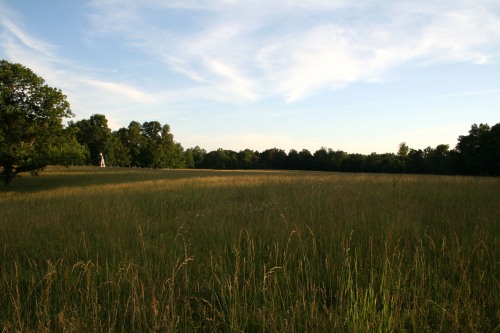This coming Saturday, the first of December, I will have been retired from the Navy for a year. A year, for heaven’s sake.
I’m amazed that an entire year has passed already. Not that it flew by, not at all. Most of it dragged on like a bad cold I couldn’t shake, testing my patience, challenging my well-laid plans, and taxing me both physically and mentally to my limits.
What a year it’s been. Full of major changes, some of the hardest work I’ve ever done, more adventure than I ever could have imagined, and lots of unexpected twists and turns that have kept me busy figuring out how to do stuff I’ve never done before.
In addition to packing up 30 years of accumulated possessions, traveling cross-country with two dogs, setting up rudimentary housekeeping at the farm, and acquiring an entire cow herd, the heat and chiggers and physical exhaustion nearly kicked my butt. And I’m still living amongst stacks of boxes, still looking for things I know I packed but haven’t found yet, and wishing I could wave a magic wand and have all the settling in stuff done now, please. My heart aches for orderliness, balance, and efficiency. My life doesn’t have much of any of those in it right now.
But I’m getting there, dammit. At a bear’s pace, it seems: lumbering, measured, deliberate. Not speedy. Not magic. At times not seemingly making any progress at all, just meandering. But the truth is, I continue to whittle down the daily lists of things that need done to care for livestock, pay the bills, keep the larder full and food on the table, prepare for winter. I am getting my feet under me. And I am rewarded with a small but growing level of orderliness, balance, and efficiency where just a few months ago, there was none.
Getting back to this blog, this narrative of my small farm journey, is one of those deliberate, necessary steps toward where I need to be. Yesterday I finally updated the Flickr pictures on the right of the page, replacing the shots of winter snow and ice from a visit two years ago, with photos taken the past few months. Since late October I’ve been back to keeping a daily journal, and I’ve reserved time each day to write posts, taking my camera with me more often to capture the magic that happens every day here, magic and beauty I’ve lately been too overwhelmed to see or appreciate.
It’s the year mark. Five months here at the farm. Time to shake off the negativity, push through the brambles of doubt and lost confidence, and lumber into the sunny clearing ahead. One bear paw in front of the other, I’m getting back on track.






